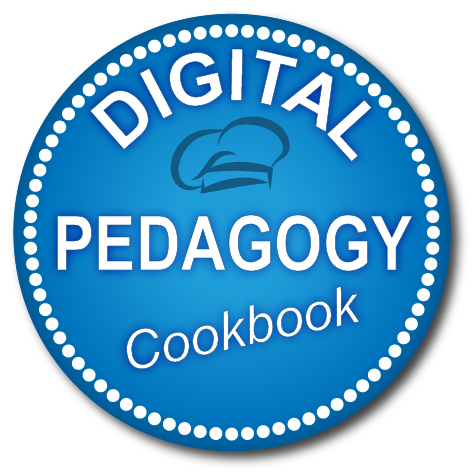DigCompEdu Competence area
Progression Level
Minimum digital skills level of Students
Minimum digital skills level of Educators
Learning/Teaching situation
For those teachers who wish to enrich their learning content and wish to include their self-made videos.
Target group
Teachers who are making educational videos.
Ingredients
- PC/laptop
- Internet
- Camera
- Video editing software
Description
Video has become an important part of higher education. It is integrated as part of traditional courses, serves as a cornerstone of many blended courses, and is often the main information delivery mechanism in MOOCs.
One of the most important aspects of creating educational videos is to include elements that help promote student engagement. If students don’t watch the videos, they can’t learn from them.
Researchers examined the length of time students watched streaming videos within four edX MOOCs. They observed that the median engagement time for videos less than six minutes long was close to 100%–that is, students tended to watch the whole video (although there are significant outliers). As videos lengthened, however, student engagement dropped off, such that the median engagement time with 9-12-minute videos was ~50% and the median engagement time with 12-40 minute videos was ~20%. In fact, the maximum median engagement time for a video of any length was six minutes. Making videos longer than 6-9 minutes is therefore likely to be wasted effort.
How to do it (step by step)
Step 1
Use a conversational style.
The use of conversational rather than formal language during multimedia instruction has been shown to have a large effect on students’ learning, perhaps because a conversational style encourages students to develop sense of social partnership with the narrator that leads to greater engagement and effort.
Step 3
Make sure the material feels like it is for these students in this class.
One of the benefits for instructors in creating educational videos is the ability to reuse them for other classes. When reusing videos, it’s important to package them with text outside the video to contextualize them for the particular class for which they are being used. Further, it’s important to create them for the type of environment in which they will be used. In videos that were created by chopping up recorded lectures that had been presented in a face-to-face class, student engagement was significantly less than when videos were created with the MOOC environment in mind.
Step 4
Match modality.
While this consideration is important for managing cognitive load, it is also relevant to promoting student engagement. When telling a story, it can be amazingly effective to show the storyteller’s face or to show an animation of the story. When solving a problem, Khan academy-style videos are particularly helpful, showing students step-by-step with narration how to work through the problem. When teaching about an invisible phenomenon, it can be helpful to provide an illustration. In each case, providing visual elements that add to the lesson can not only promote student understanding but also engagement with the lesson.
Step 4
Match modality.
While this consideration is important for managing cognitive load, it is also relevant to promoting student engagement. When telling a story, it can be amazingly effective to show the storyteller’s face or to show an animation of the story. When solving a problem, Khan academy-style videos are particularly helpful, showing students step-by-step with narration how to work through the problem. When teaching about an invisible phenomenon, it can be helpful to provide an illustration. In each case, providing visual elements that add to the lesson can not only promote student understanding but also engagement with the lesson.
There is more…
Videos can be an effective tool in your teaching tool kit. When incorporating videos into a lesson, it’s important to keep in mind the three key components of cognitive load, elements that impact engagement, and elements that promote active learning. Luckily, consideration of these elements converges on a few recommendations:
• Keep videos brief and targeted on learning goals.
• Use audio and visual elements to convey appropriate parts of an explanation; make them complementary rather than redundant.
• Use signaling to highlight important ideas or concepts.
• Use a conversational, enthusiastic style to enhance engagement.

